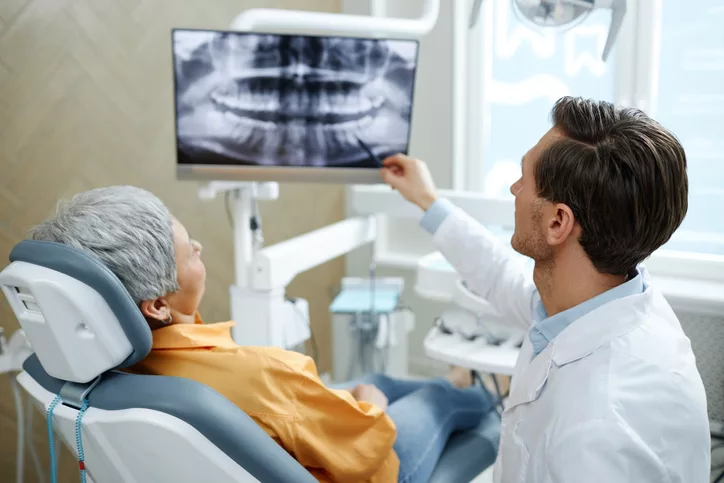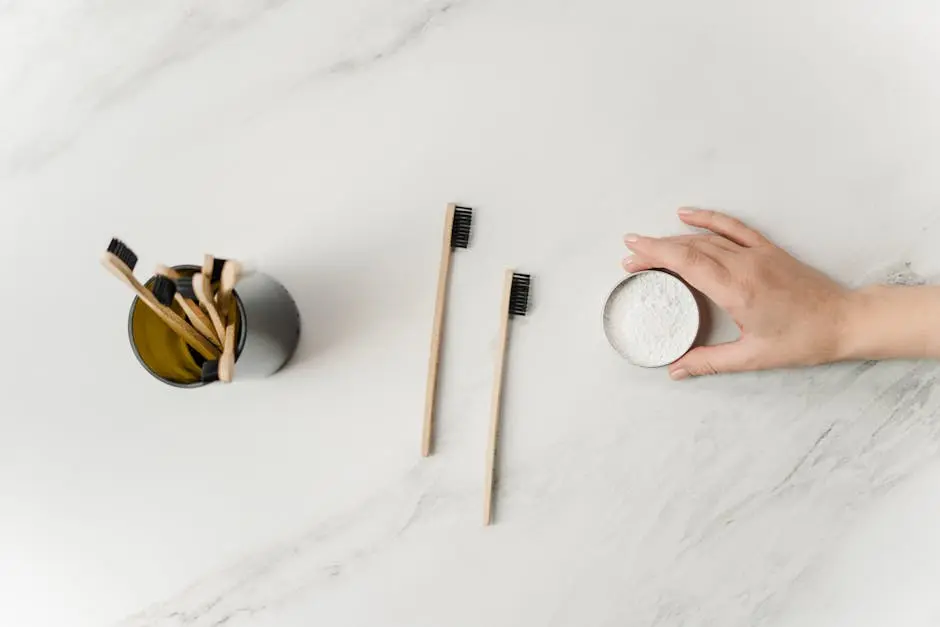Are you exploring options beyond traditional dentures? Whether you’re new to this journey or considering a change, understanding the alternatives available is a great start. Today, we’ll walk through the most popular denture alternatives, breaking them down so you can make an informed decision.
What Are Dental Implants?
Dental implants are a transformative solution for those looking to replace missing teeth with something that functions and feels like the real thing. Unlike dentures, dental implants provide stability and longevity that closely approximate natural teeth. This is because they are anchored directly into the jawbone, similar to a tooth’s root. This not only enhances the structural integrity of the implant but also stimulates the jawbone, preventing bone loss, which can be a concern with other dental solutions. With a success rate hovering around 95%, implants are a reliable choice for tooth replacement.
Aside from offering a strong foundation for replacement teeth, dental implants also cater to individual needs. They come in various types, such as single-tooth implants, implant-supported bridges, and even full-arch solutions. This versatility makes them suitable for anyone, from those missing a single tooth to those requiring a full set replacement. Moreover, once the implant integrates with the jawbone, it promises a natural feel and look, allowing individuals to enjoy everyday activities such as eating and speaking without fear of dentures moving or causing discomfort.
The investment in dental implants might seem significant upfront, but their longevity and durability often outweigh the initial costs. Given proper oral hygiene and care, dental implants can last a lifetime, presenting a cost-effective solution in the long run compared to dentures, which may require frequent adjustments or replacements. This makes them not just a medical intervention, but a long-term investment in one’s oral health and quality of life.
Exploring Implant-Supported Dentures
Implant-supported dentures bridge the gap for those seeking the security of implants without undergoing full individual tooth replacement. These dentures click into place onto dental implants, offering a snug fit that’s more stable than traditional removable dentures. This stability makes implant-supported dentures a favored choice among individuals who seek to avoid the potential inconveniences of conventional dentures, such as slipping or discomfort during wear.
For many, the allure of implant-supported dentures lies in their balance of functionality and affordability. While they use fewer implants than a complete set would, they still grant significant improvements in stability and jawbone health. The implants hold the prosthetic denture firmly in place, reducing the need for adhesives and ensuring that the wearer can eat and speak with confidence. This reassurance in everyday activities underscores their growing popularity in the field.
What makes implant-supported dentures particularly appealing is their biocompatibility. The titanium implants fuse with the jawbone, offering support that prevents bone deterioration often seen with dentures. This not only benefits oral health but also helps maintain facial structures, thus preserving aesthetics and preventing premature aging.
Understanding Fixed Bridge Alternatives
Fixed bridges present a reliable solution for filling gaps caused by the loss of adjacent teeth. They work by anchoring replacement teeth to the natural teeth on either side of the gap. This provides an aesthetic and functional restoration that allows patients to maintain a complete set of teeth without the use of removable appliances.
The benefits of a fixed bridge include its permanency and the natural appearance it provides. Crafted from high-quality materials, such as porcelain, these bridges are designed to blend seamlessly with existing teeth, ensuring a consistent look. They offer a finished effect that not only restores chewing efficiency but also enhances the presence of a naturally complete smile, proving to be an enduring choice in dental restoration.
Moreover, fixed bridges do not just cover aesthetic concerns; they play a crucial role in maintaining dental health. By filling gaps left by missing teeth, they help prevent the remaining teeth from drifting out of position, which can lead to bite issues and further oral health problems. They effectively distribute the forces exerted during biting and chewing, which further contributes to maintaining balance and function in the oral environment.
Partial Dentures: A Flexible Solution
Partial dentures offer flexibility for individuals who are missing some of their teeth but still have several healthy ones. These prosthetic appliances are designed to fill the gaps and are anchored to the natural teeth, providing a solution that is both aesthetic and practical.
With contemporary designs, partial dentures have become increasingly comfortable and adaptable, making them an appealing choice for many. They are removable, allowing for easy maintenance and proper oral hygiene. This feature particularly appeals to those who wish to care for their prosthetic teeth separately from their natural set without compromising day-to-day functionality.
In addition, partial dentures provide an opportunity for individuals to maintain the integrity of their gums and jaw health by preventing unwanted drifting of teeth and decreasing the stress on natural teeth. By effectively distributing chewing forces, they protect the remaining dentition and promote long-term oral health benefits.
Making the Right Choice
Choosing the right denture alternative is a personal decision that depends on your unique needs and lifestyle. Whether you opt for dental implants or a hybrid solution, it’s essential to consult with your dental professional to find the best fit for you. Remember, your comfort and confidence are paramount.

















